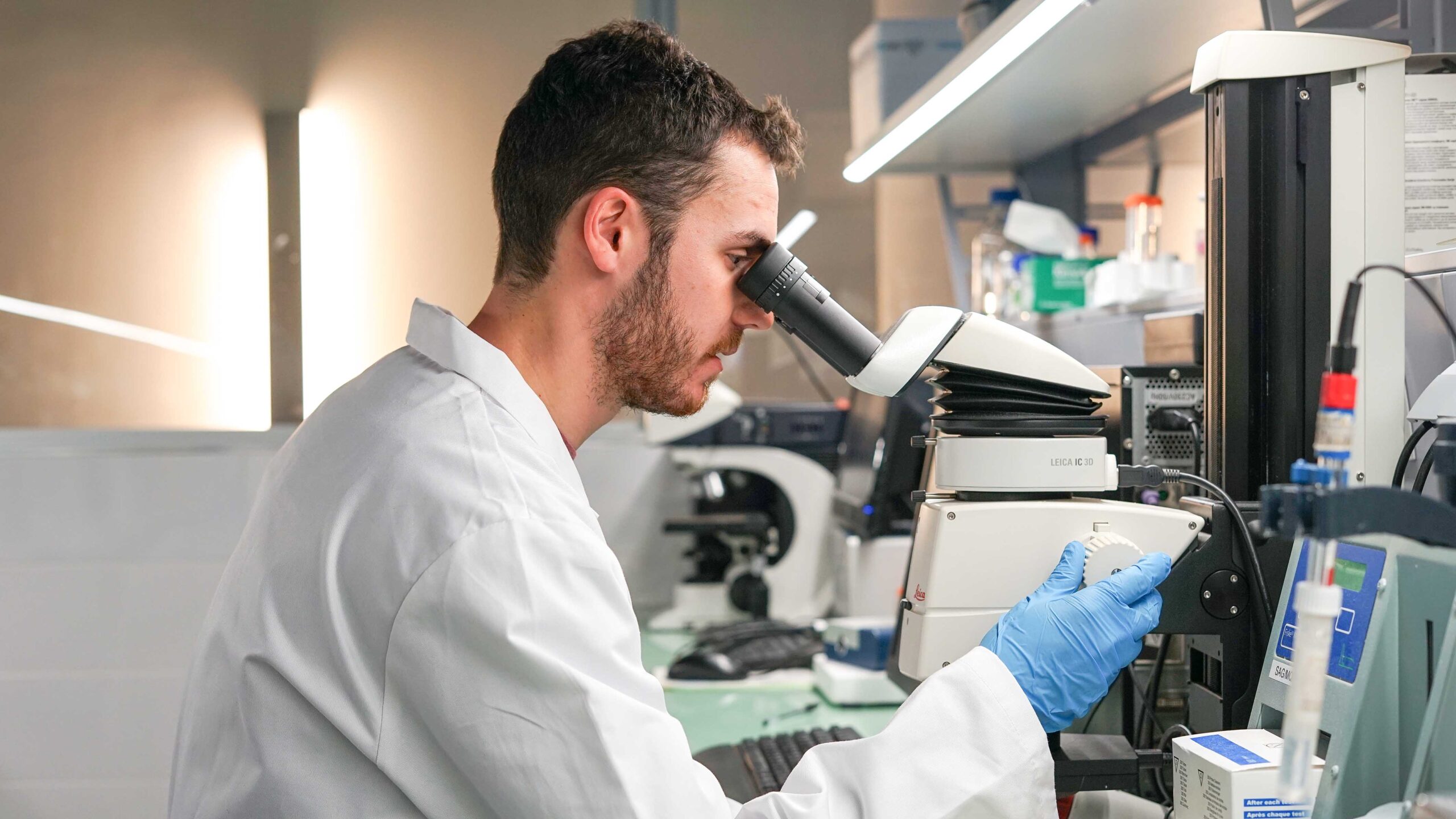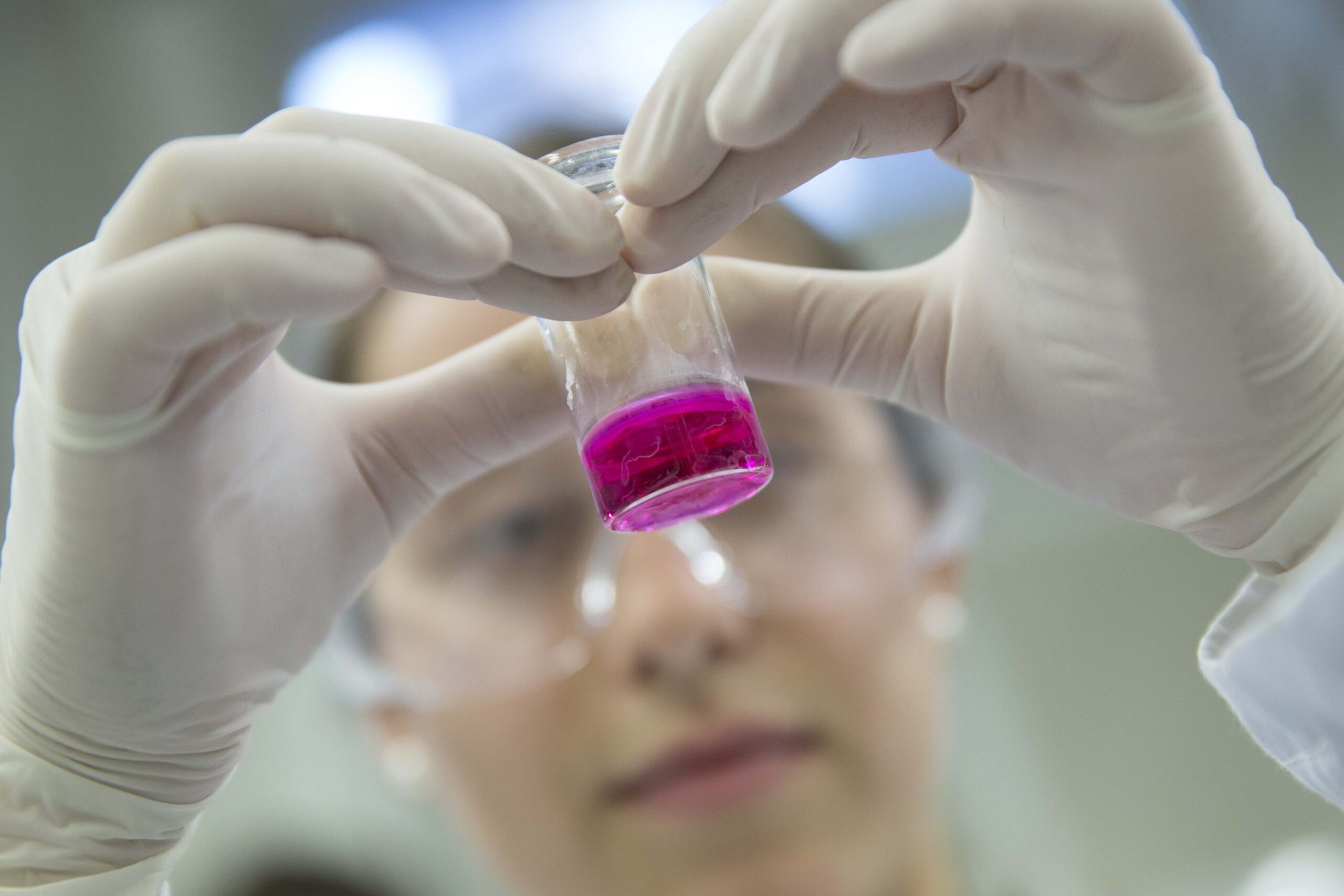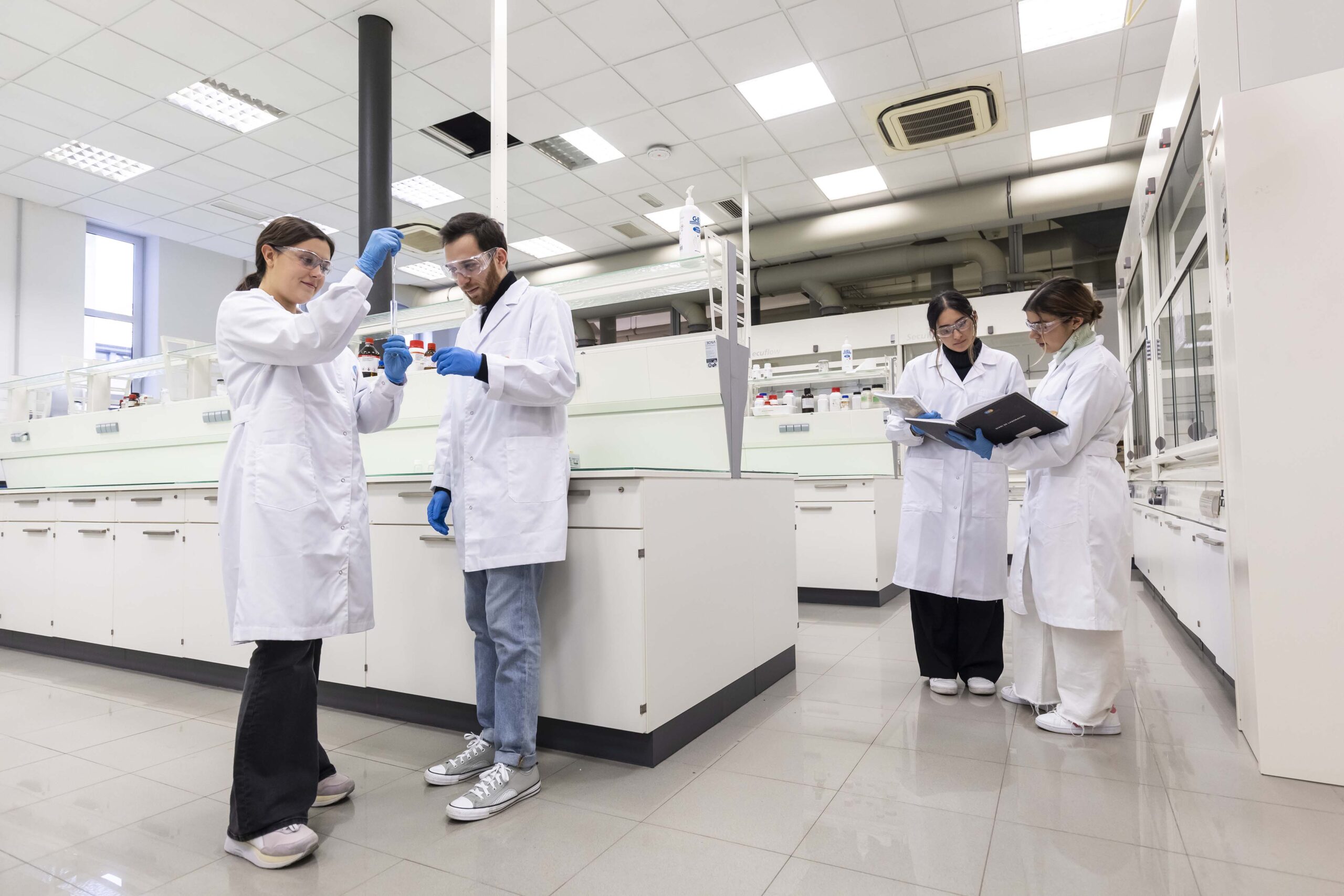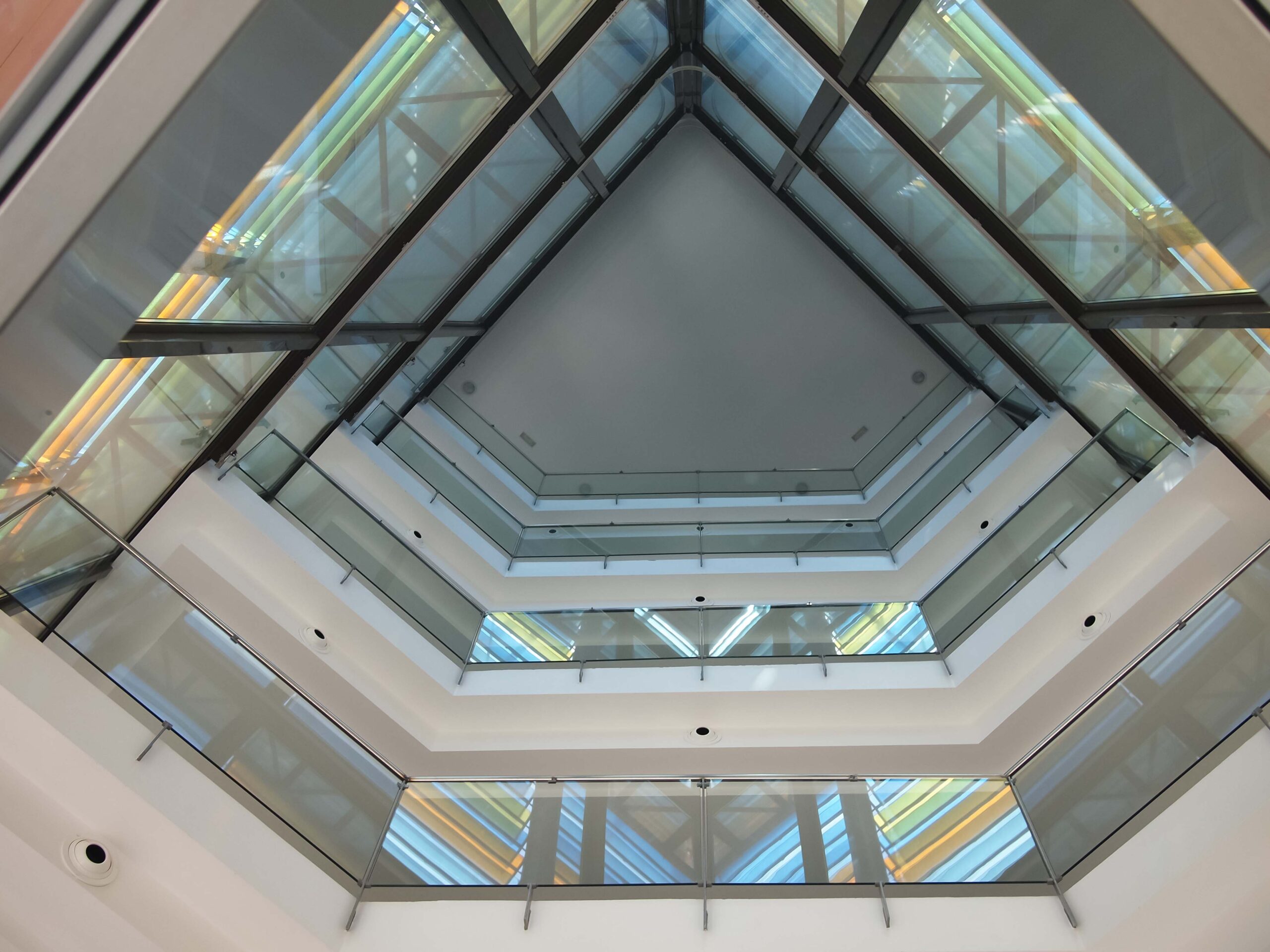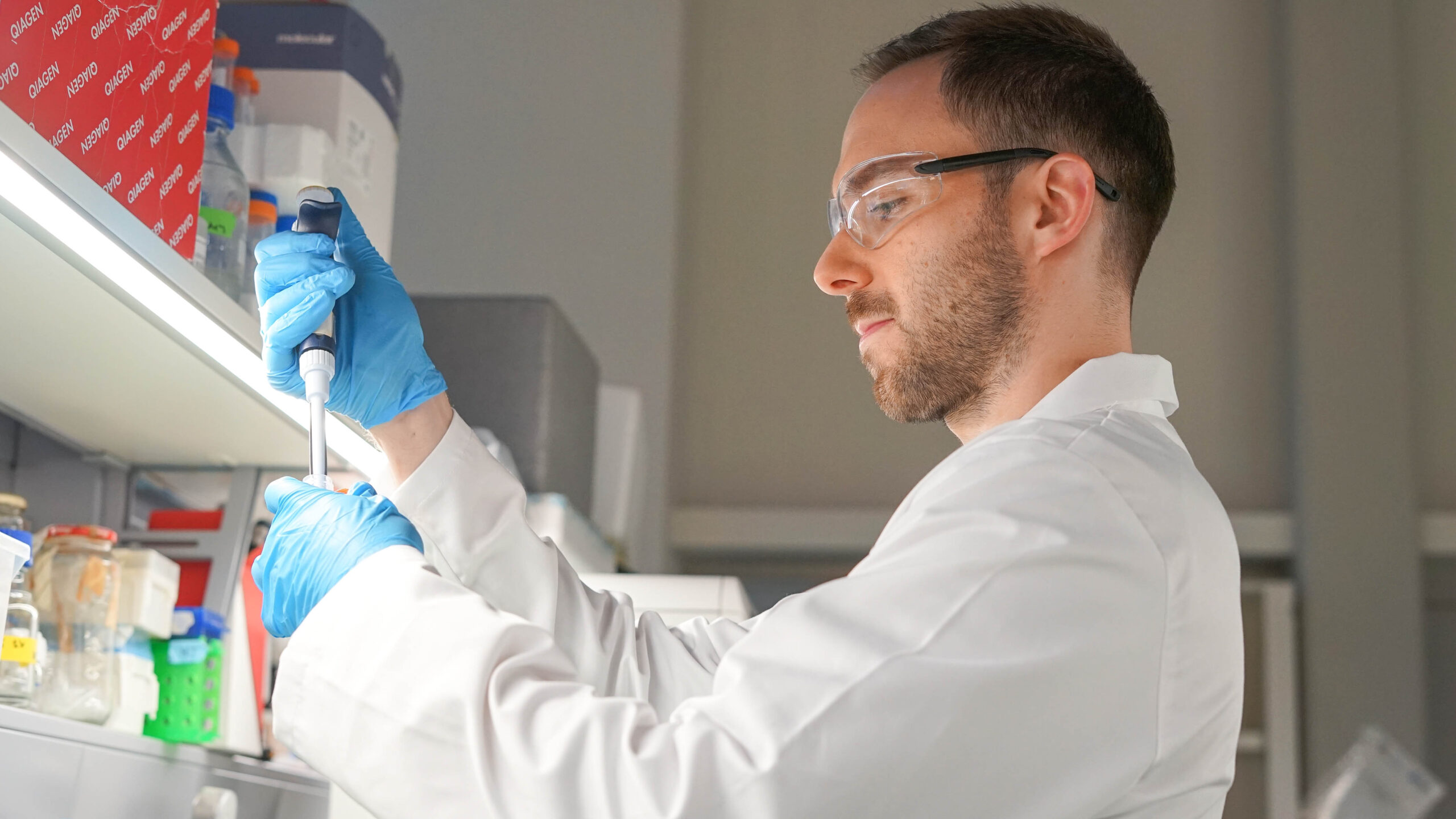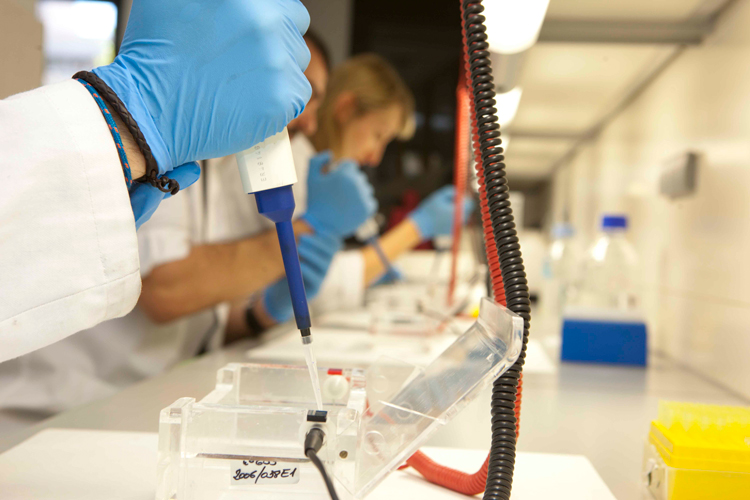IQS and the company Hausmann have collaborated in the development of an innovative system for the elimination of olfactory contamination in the process of water used in the manufacture of flavourings, based on its capture using graphene oxide.

Process water that comes from manufacturing fragrances and aromas contains remnants of the “scented” products in quantities that do not represent any danger for public or environmental health. Even when these aromas are present in levels that comply with legislation, the presence of such waste results in a highly-challenging olfactory nuisance.
In seeking an innovative technique to address this issue and minimizes its impact, the company Hausmann – specialists in the manufacture, development, and innovation of fragrances and aromas for the food, dietary, pharmaceutical, and cosmetics industry – and the Materials Engineering Group (GEMAT) Nanotechnology and Advanced Materials Laboratory at IQS have collaborated in the recently finished Graflavor project, funded by the INNOTEC programme by ACCIÓ, the Government of Catalonia’s public agency on competitiveness for Catalan companies with the Department of Business and Knowledge.
Graphene oxide is at the centre of this innovative solution and it acts as an agent to capture the remains of aromas present in process water. The IQS Nanotechnology and Advanced Materials Laboratory, led by Dr Carles Colominas, is participating in the process. The lab’s researchers are contributing their experience in the research and use of graphene and graphene derivatives.
Graphene oxide to capture odours
The Graflavor project has helped create a new purification system for process water used in obtaining scents and fragrances. The project features the development of a graphene-oxide based absorbent, capable of selectively capturing olfactory pollutants present in aqueous solutions.
Unlike graphene, graphene oxide does not have graphene’s “super properties” of electrical and heat conduction, but it does have a large specific surface area and a high capacity to interact with other compounds. This project uses sheets of modified graphene, grouped in multiple layers, with a variety of the oxygenated functional groups present in the sheets themselves. This “oxide” form of graphene acts as a collector that captures the residual odours present in process water then processes the water so it can be reused.
The pilot phase of the Graflavor project has met its objectives with the development of a new material based on graphene oxide, which has been tested in laboratory trials, where the material has fulfilled its assigned function.
In the words of Dr Carles Colominas, “The Graflavor project has enabled us to develop a new material that contains graphene oxide which has made it possible to design a new process to capture the remains of scents and fragrances in water. Once again, the versatility and properties of graphene derivatives have truly amazed us.”

